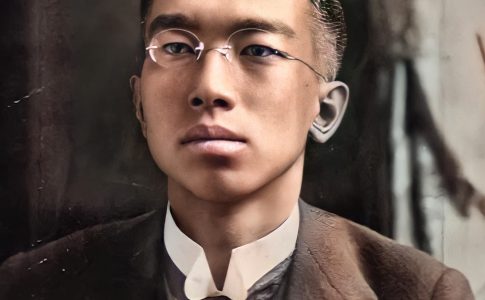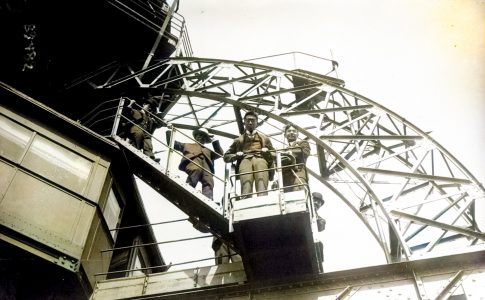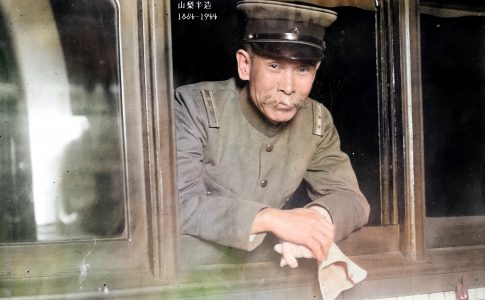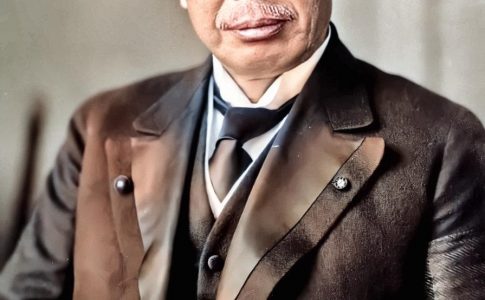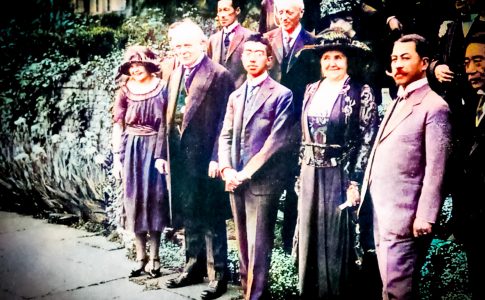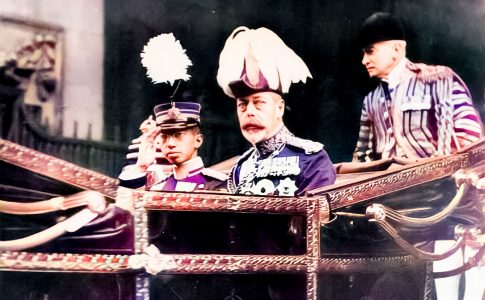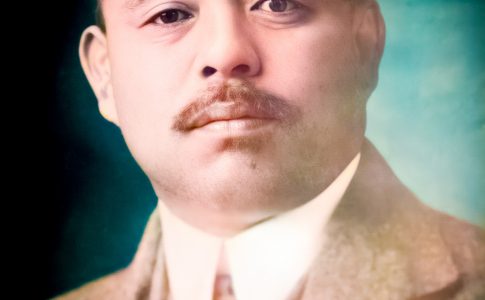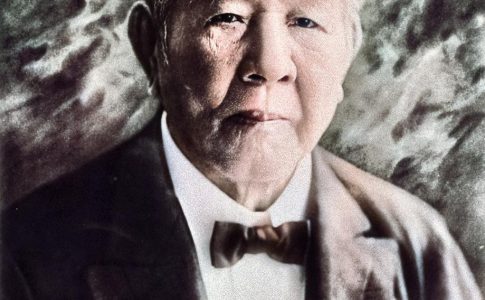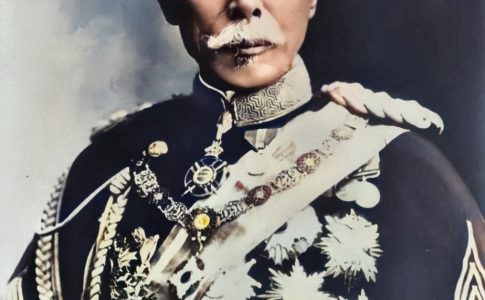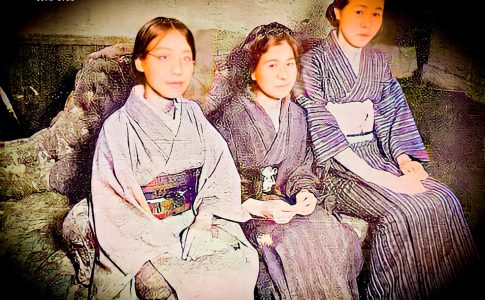Monday, June 6 1921: Crown Prince Hirohito watched Macbeth
1921 (Taisho 10) Monday, June 6: Crown Prince Hirohito, on a visit to Europe, watched Macbeth at the Odeon Theatre in Paris. The orchestra performed Kimigayo, Japan’s national anthem, to the applause of the audience. Along with President Alexandre Millerand, British Ambassador to France Harding, U.S. Ambassador to France Herrick and Japanese Ambassador to France Kikujiro Ishii, Prince Hirohito watched Macbeth’s first performance in Paris, played by American actor James Hackett. This performance seems to have attracted a lot of attention, and the admission fee for S seat was 2500 francs, which was the highest price ever at that time. Hirohito left with President Millerand late at 11:30 PM.

